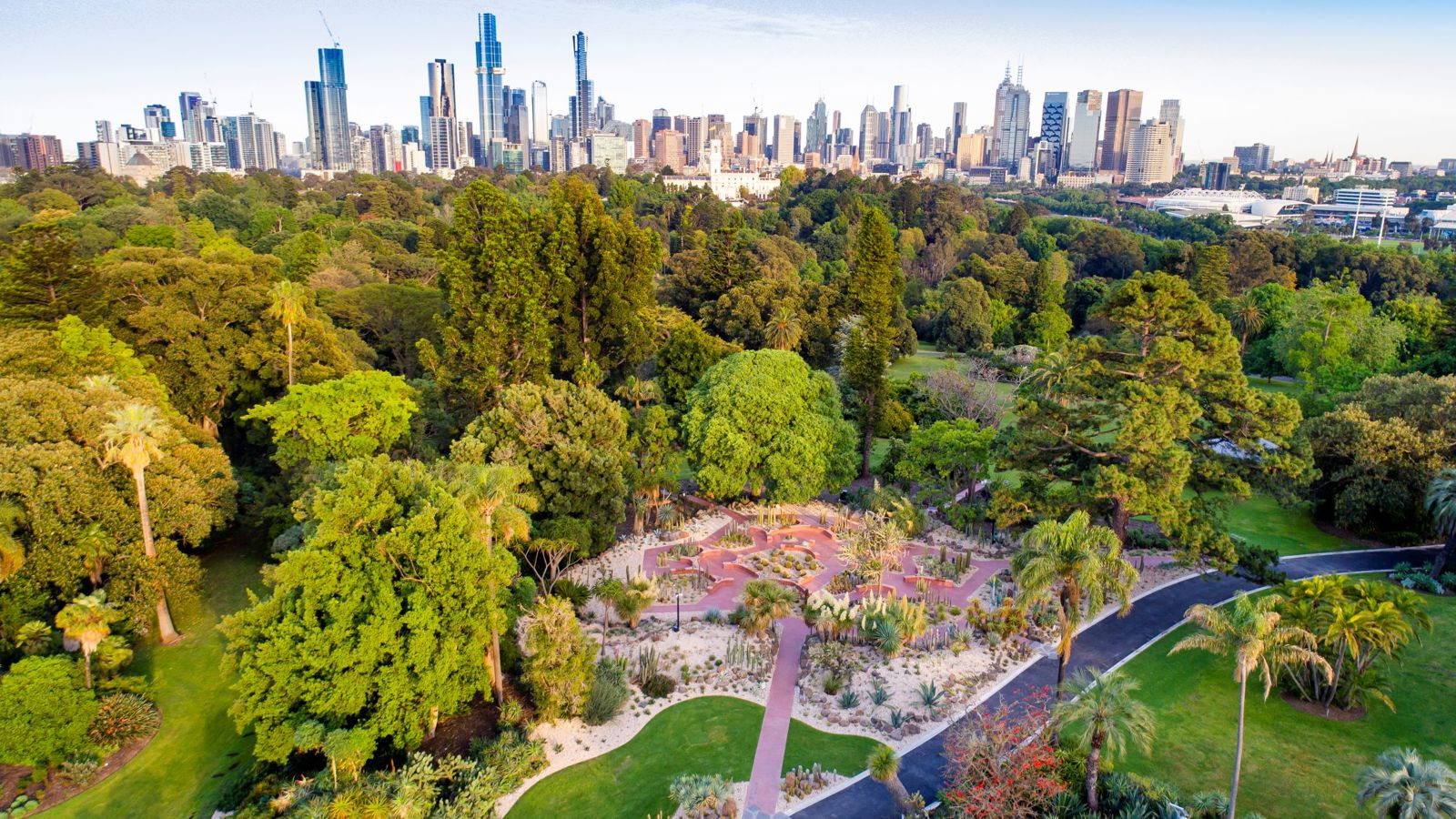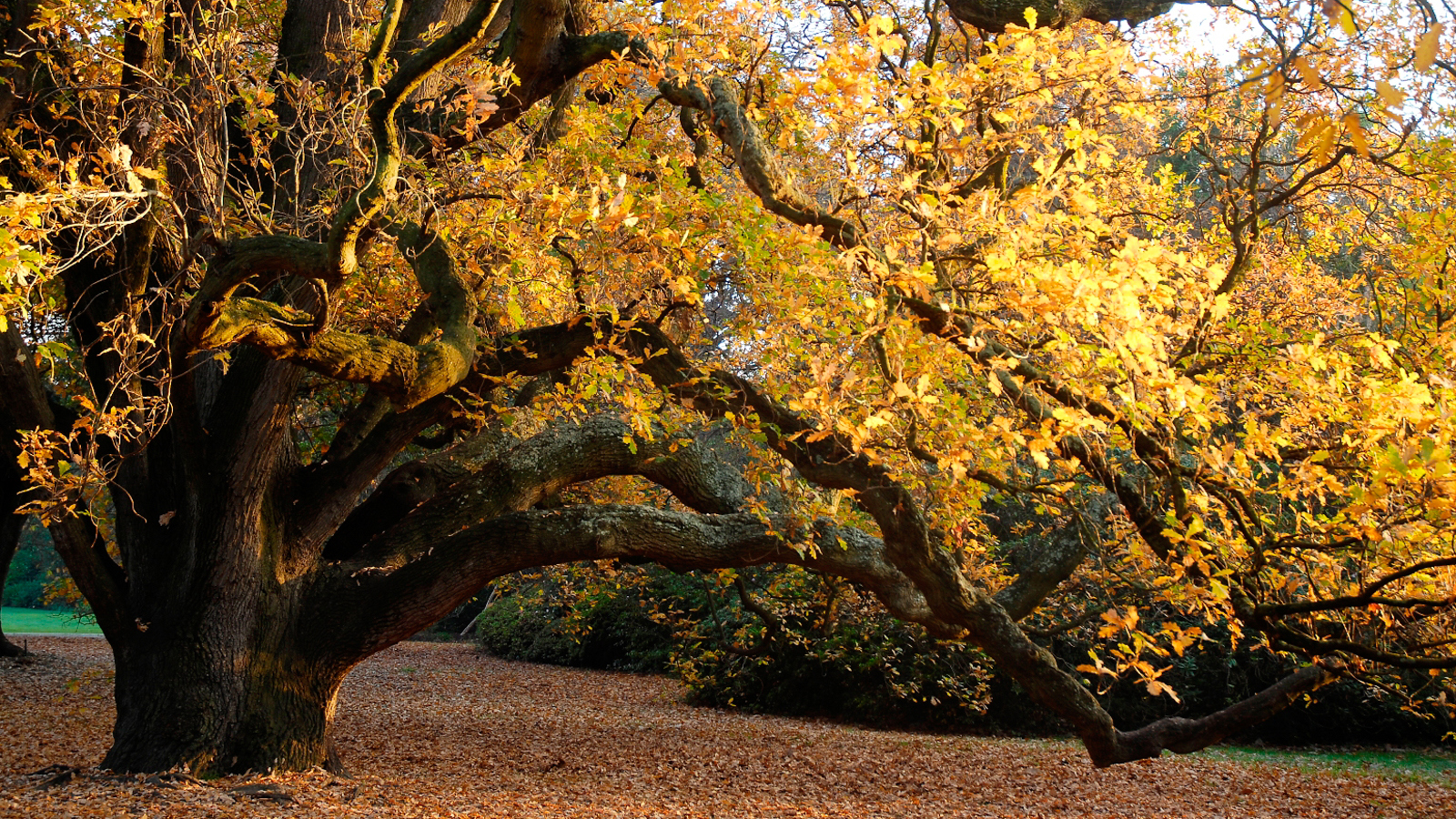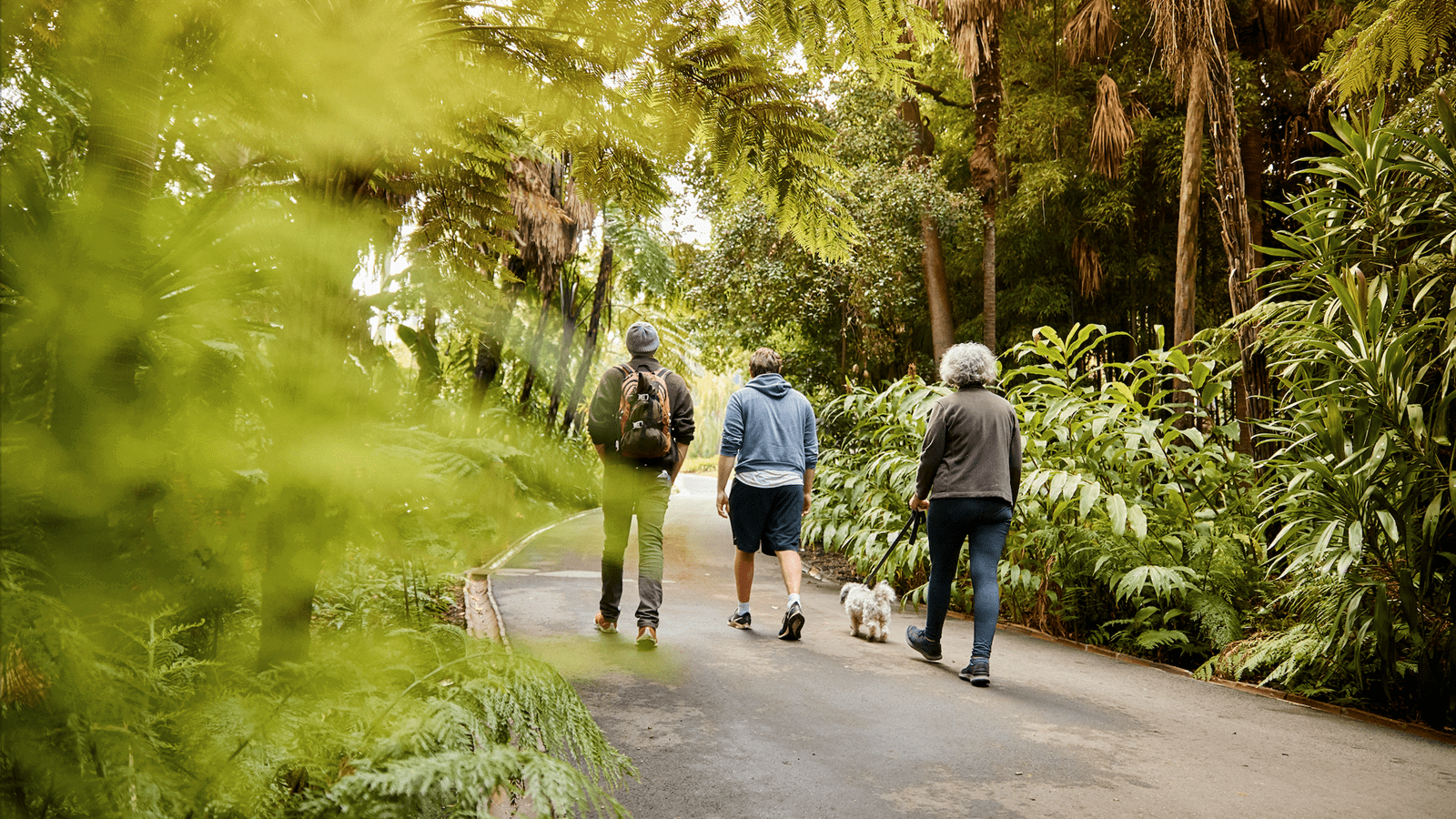

Landscape Succession Strategy
Jump to:
Strategy for Melbourne Gardens
On 28 April 2016, Royal Botanic Gardens Victoria publicly released its Landscape Succession Strategy (LSS) that will guide the management of Melbourne Gardens through climatic change into the next century – launching it 170 years to the day when land for Melbourne’s much-loved botanic gardens was set aside on the south bank of the Yarra River.
The Landscape Succession Strategy – Melbourne Gardens 2016–2036: adapting a world-renowned botanical landscape to climate change, is the first of its kind for botanic gardens in Australia and is set to become a blueprint for other botanic gardens across the world, in planning the management of their collections and landscape through climate change.
This strategy will guide the transition of the Melbourne Gardens from existing plantings to a collection better suited to the projected climate and environmental conditions of 2090, preserving one of the world’s most beautiful botanic gardens for future generations to enjoy.
Ambitious but achievable targets will preserve the heritage character of the Gardens, while maintaining existing species diversity and introducing species more suited to future climate conditions.
The strategy will deliver a number of different benefits for Melbourne including:
- Conserving rare and distinctive plants
- Highlighting the effects of climate change
- Contributing to scientific knowledge and general education
- Reducing running costs
- Minimising soil carbon loss
- Improving the mental health and wellbeing of Garden visitors
- Assisting in reducing air temperature
Download the PDF Landscape Succession Strategy
More about the Strategy


Conservation

